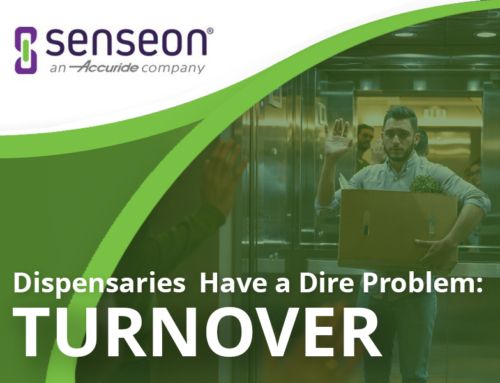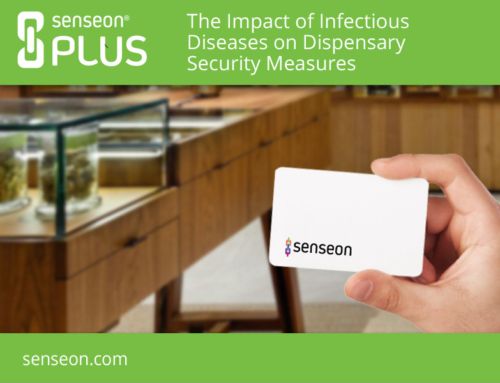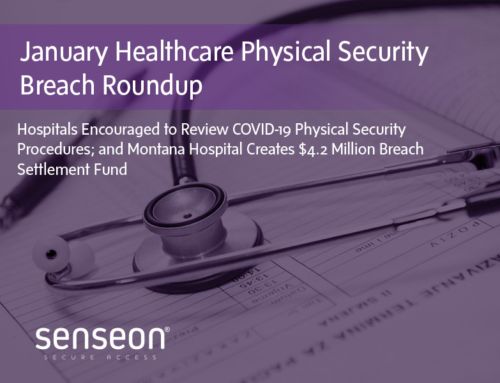Key Points
- Hospitals need to respond to patient consumerism.
- Design and security should be central to a patient-driven strategy.
- Hospitals should aim for modern healthcare experience.
Reading Time: 3 Minutes
Patient consumerism isn’t just a trend; it’s the future of your organization.
From scheduling appointments to paying bills, today’s patients expect more — more of what they see in industries like retail, hospitality, and banking. Many hospitals, your competition included, are stepping up to improve services and offer their patients more. Check out these examples.
- Sweedish Health Services in Seattle is Investing in virtual care.
- Increased price transparency is a focus of Carilion Clinic in Virginia.
- Sanford Health in North Dakota is offering e-visits.
So what does this mean for your facility? If you’re already doing these things or looking for new ways to stand out from the hospital down the street, here are a few suggestions for a fresh approach to a patient-driven experience.
Consider Design
Take a hint from hospitality — design matters.
Many of your patients are staying longer at your facility than they do at hotels and as consumerism takes hold, they’re expecting to see the similar effort put into design choices.
For hospitals though, this doesn’t just mean a few waterfalls and nice towels. The design has to go beyond the aesthetic and contribute to outcomes and the care process. That’s where evidence-based design (EBD) comes in.
EBD is the practice of rooting design decisions in research that contributes to positive outcomes. This practice is based on the idea that the physical healthcare environment can have a real impact on things like quality of care, productivity, and patient and staff safety. Hospitals that do take on EBD initiatives have seen benefits like a significant decrease in medication costs (over 20%), decreases in hospital worker injuries, and drop in medication errors of over 70%.
Here are some great examples of EBD in action, and a few tips on getting an EBD program started at your organization.
Prioritize Security
Consumers care about security, and unfortunately, healthcare is lagging.
U.S. consumers are very concerned about data breaches that threaten their information, but healthcare is still leading the industry pack when it comes to violations. Your patients’ information is safer when they go to buy a gallon of milk than it is when having a procedure performed.
Security is serious business (which is why we’re members of IAHSS), and it doesn’t stop in the digital realm. Data protection strategies should also involve physical safeguards and careful access control of records, medications, carts, and even janitorial supplies.
In the past, security pressures have mostly come in the form of regulations, but we’re living in an era where hospitals spend 64% more on advertising after a breach. As consumerism takes hold and patients become more aware of their overall security risks, be prepared to include security as part of a comprehensive, consumer-centric approach to care.
On top of that, emerging challenges like the opioid crisis and drug diversion mean that hospitals need to take a broad approach to security that goes beyond data and considers their impact on patients and their care communities overall.
Create a Modern Healthcare Experience
Patient consumerism might appear to be coming from multiple directions, but essentially it’s all pointing toward a modernized healthcare experience.
The hospital of the future will be dynamic in terms of design and security and move away from reactionary responses to industry trends, regulations, and consumer expectations. The modern hospital will leverage technology and a patient-centered focus to provide amazing experiences and stellar outcomes for all its patients, staff, and community members.






